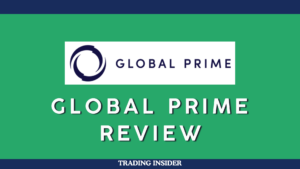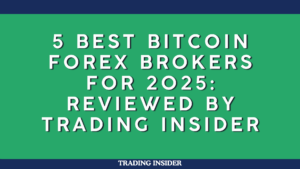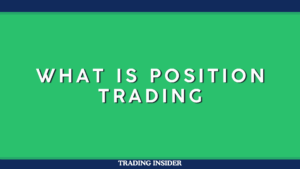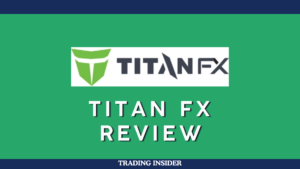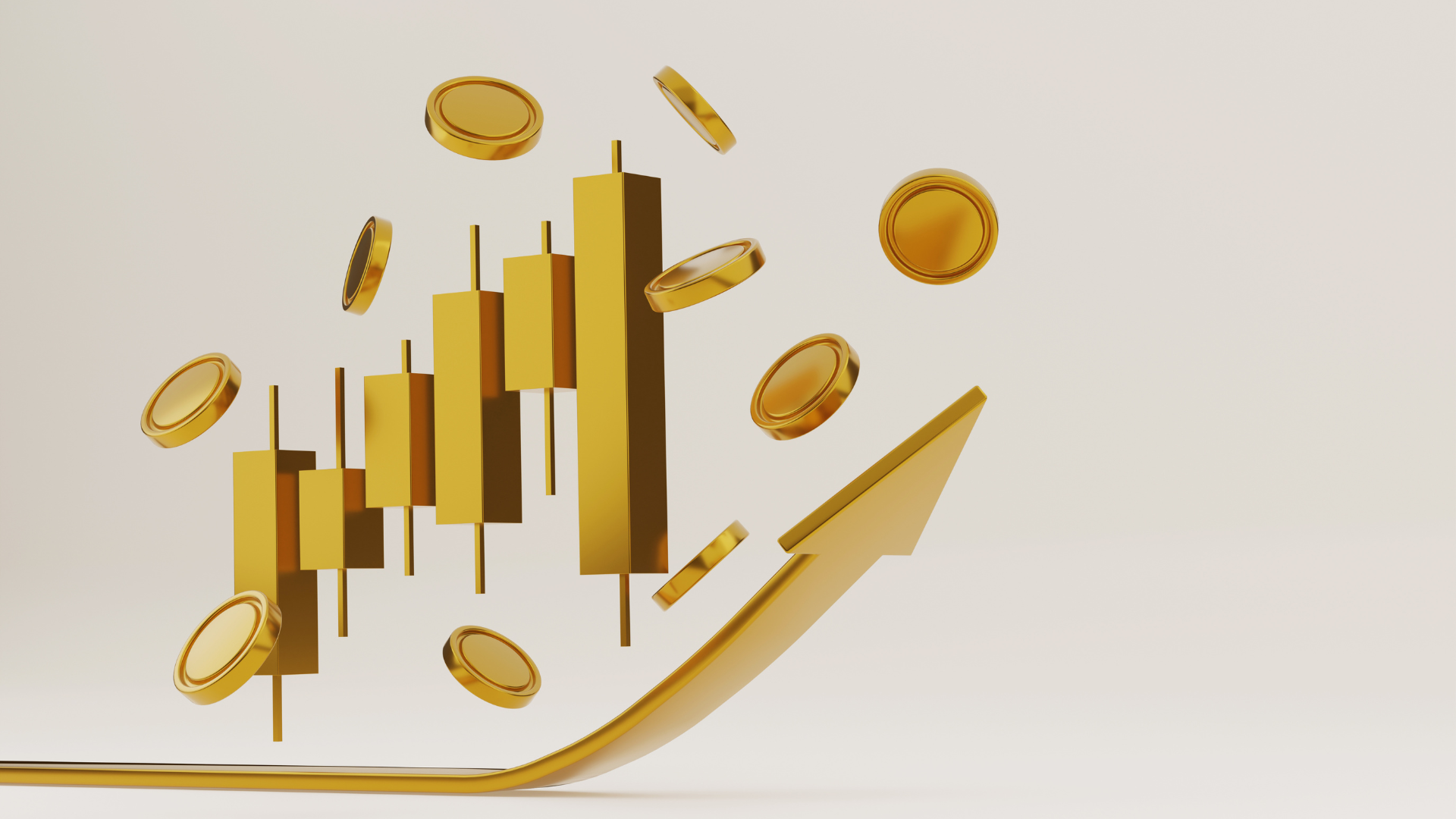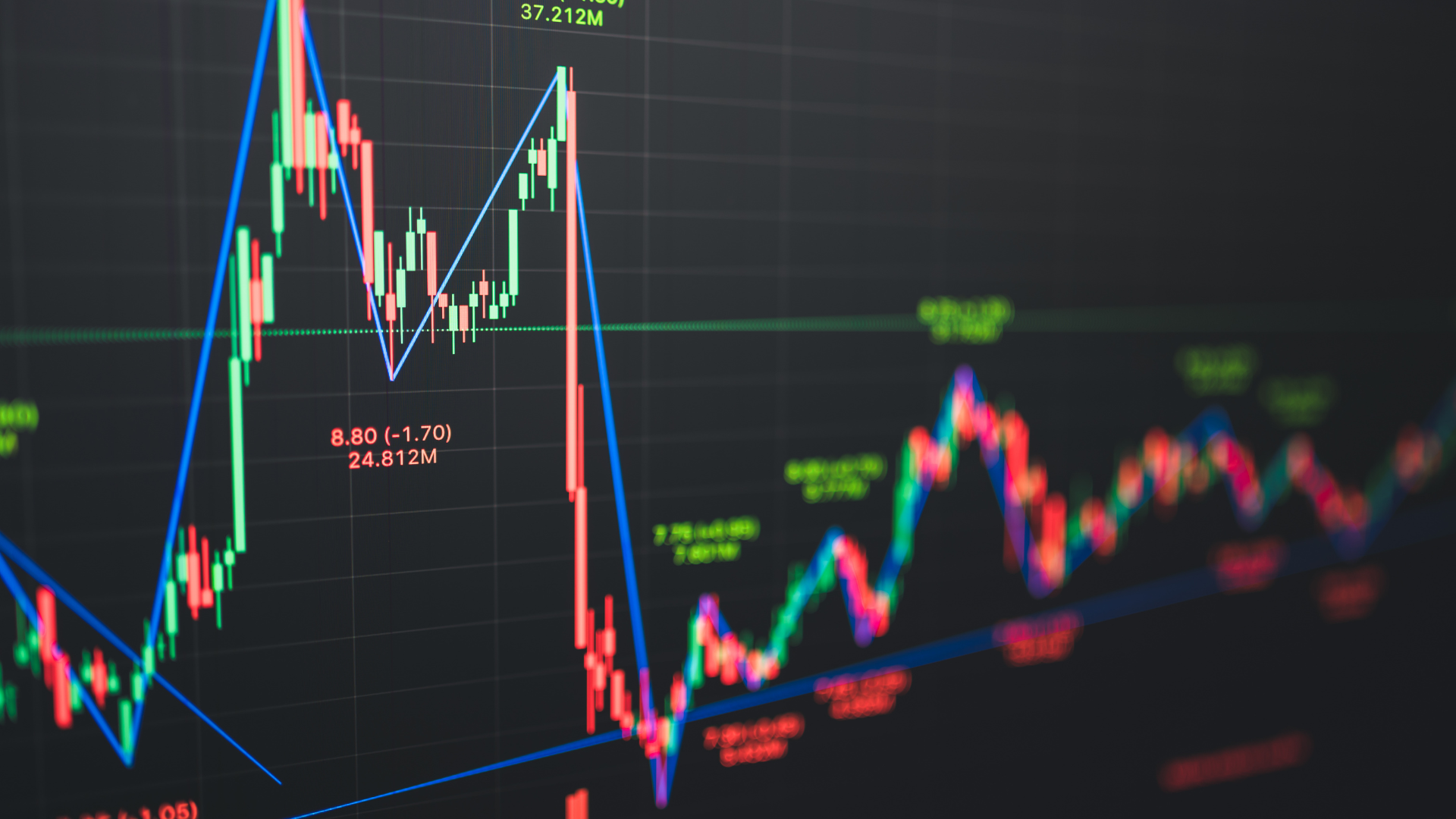Gold prices remain above $2,650 per ounce, but the metal is struggling to find direction as traders await the Federal Reserve’s latest policy signals. The upcoming FOMC minutes could provide further clarity on the central bank’s stance on interest rates, keeping investors cautious amid a lack of immediate catalysts.
The market’s uncertainty stems from mixed economic data in the U.S. While inflation has shown signs of easing, the labor market remains strong, giving the Fed room to maintain its hawkish position. Expectations of prolonged higher interest rates continue to weigh on non-yielding assets like gold, limiting upside potential despite broader geopolitical risks.
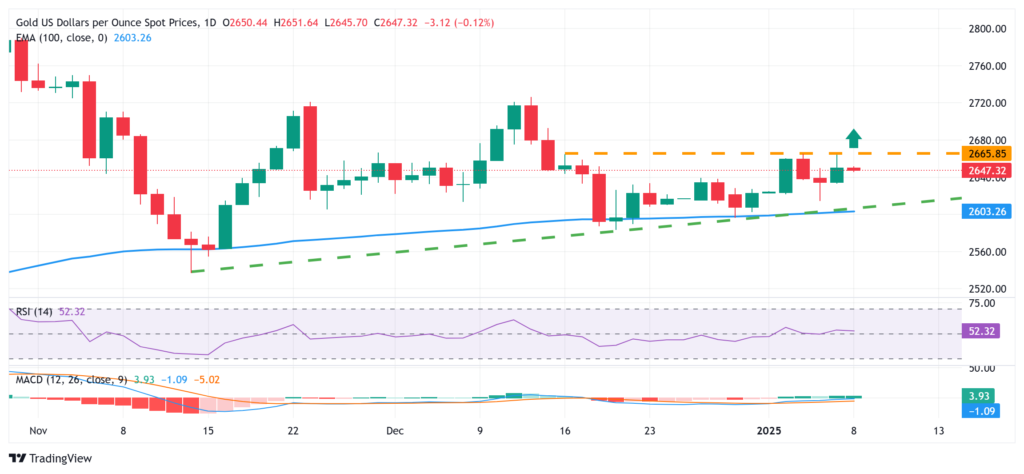
AUD/USD 1-D Chart as of January 8th, 2025 (Source: TradingView)
Meanwhile, the U.S. dollar remains firm, adding further pressure on gold’s near-term outlook. A stronger greenback makes the metal more expensive for overseas buyers, capping any potential rallies. Treasury yields have also stayed elevated, reducing gold’s appeal as investors seek higher returns in fixed-income assets.
Still, downside risks for gold appear contained. Persistent uncertainty over global economic conditions and central bank demand for gold as a hedge against currency fluctuations have helped support prices. Any dovish surprises from the Fed could trigger renewed interest in the metal, pushing prices higher.
For now, gold remains in a tight trading range, with investors hesitant to take strong positions ahead of key economic data. A decisive break above $2,680 could signal renewed bullish momentum, while a drop below $2,630 may open the door for further declines. Until then, traders are likely to remain on the sidelines, waiting for clearer direction from the Fed.




